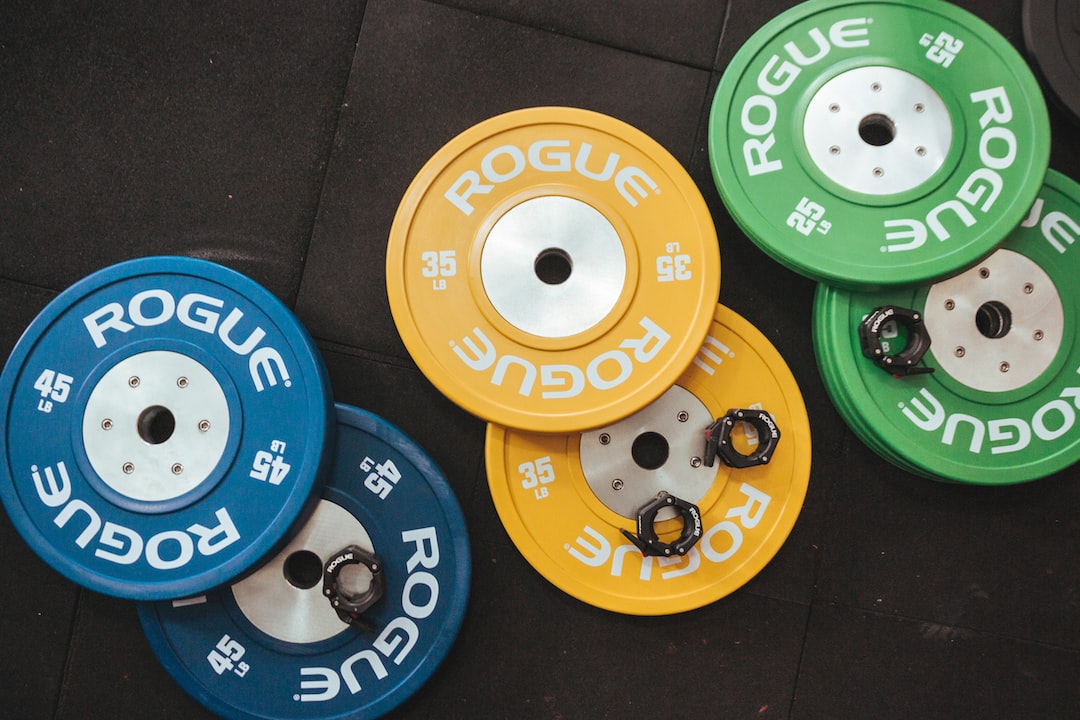Tea is one of the most widely consumed beverages in the world and has been an integral part of various cultures for centuries. Tea culture varies significantly around the world, with each region having its unique way of preparing and enjoying tea. In this article, we will explore the cultural differences in tea consumption, from the traditional English tea ceremony to the Japanese tea ceremony, and how tea herbs like ginger play a role in this diverse beverage culture.
The English tea ceremony, also known as “afternoon tea,” has been popular in England for over 150 years. It typically consists of a selection of tea sandwiches, scones with clotted cream and jam, and pastries, all served with a pot of hot tea. English tea is typically a blend of black teas, such as Earl Grey or English Breakfast. However, ginger has been gaining popularity in England, especially during the winter months. Ginger tea is known for its warming effect on the body and is often used to alleviate cold and flu symptoms.
In contrast, the Japanese tea ceremony, also known as “chanoyu,” is a highly structured ritual that has been an integral part of Japanese culture for over 1,000 years. The ceremony emphasizes the hospitality of the host and the appreciation of the tea, which is typically a high-quality green tea called “matcha.” The tea is served in a traditional Japanese teahouse, with each movement carefully choreographed. Ginger is not typically used in Japanese tea ceremonies, but it is widely used in Japanese cuisine and as a natural remedy for indigestion and nausea.
In India, tea is a staple beverage and is known as “chai.” The traditional way of preparing chai involves boiling loose tea leaves, spices such as cardamom and cinnamon, and ginger in water with milk and sugar. This results in a sweet and spicy tea that is often enjoyed with crispy snacks such as samosas or cookies. Ginger is an essential ingredient in Indian chai and is known for its therapeutic and digestive properties.
In Morocco, tea culture is an essential part of hospitality, with tea being the centerpiece of social gatherings. The traditional preparation involves pouring hot boiled water over a blend of green tea leaves, fresh mint leaves, and sugar. The resulting tea is sweet, refreshing, and often served in ornate teapots and glasses. Ginger is not commonly used in Moroccan tea, but it does play an important role in Moroccan cuisine, providing a warm, spicy flavor to dishes like tagine and couscous.
In China, tea culture dates back to the Han dynasty, over 2,000 years ago. The traditional Chinese tea ceremony, known as “gongfu cha,” emphasizes the art of tea-making, with each step carefully executed to ensure the perfect cup of tea. The most popular Chinese teas include green tea, oolong tea, and pu-erh tea. Ginger is frequently added to Chinese tea blends to improve digestion and boost the immune system.
In conclusion, tea culture around the world is incredibly diverse, with each region having its unique way of preparing and enjoying tea. Tea herbs like ginger play an essential role in many of these cultures, from the warming effect of ginger tea in England to the digestive properties of ginger in Indian chai. Whether you are a tea lover or a casual drinker, exploring the diverse world of tea culture is a fascinating journey full of rich history and cultural significance.
Publisher Details:
Elixirs77 a loose leaf herbal tea llc.
elixirs77alooseleaftea.shop
Elixirs77 is a loose leaf herbal tea company, dedicated to helping you find a love for earth’s herbs, fruits, seeds, and flowers through our tea infusions. Our ingredients are nutrient rich, blended herbs to create a joyful beverage elixir.
Elixirs77 has seven main tea blends, each has seven ingredients to assist you with bringing nutrient healing to your body, mind, & spirit.
For me information on Tea herbs ginger contact us anytime.
